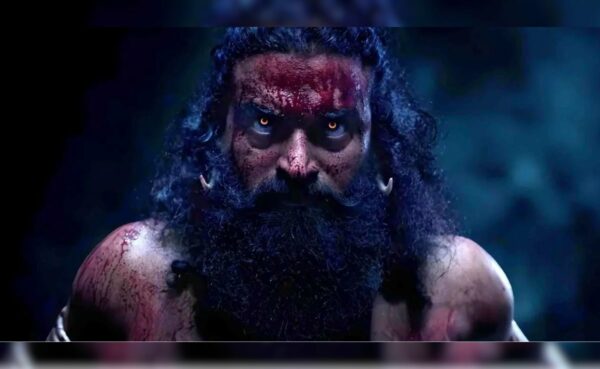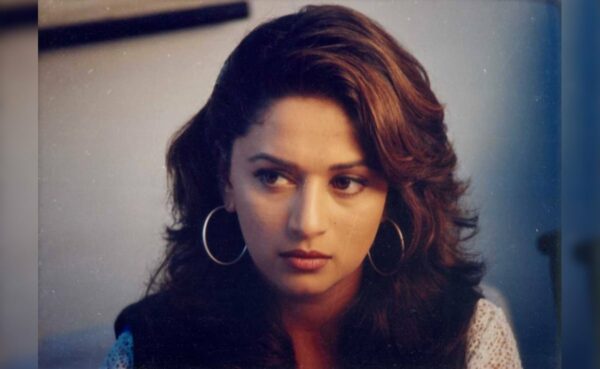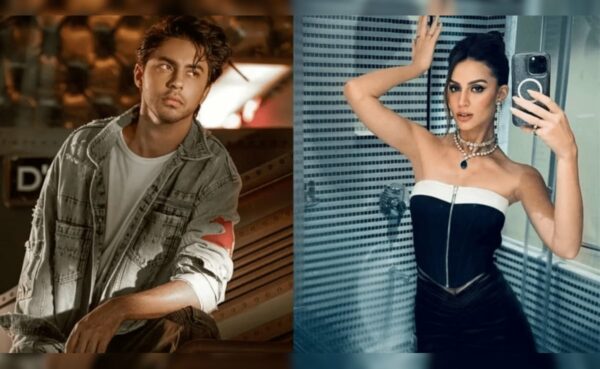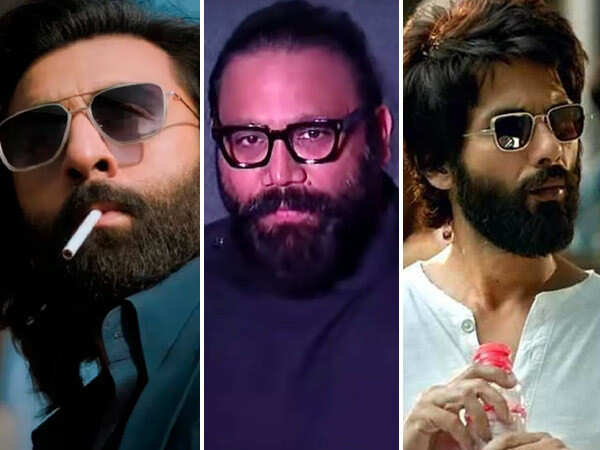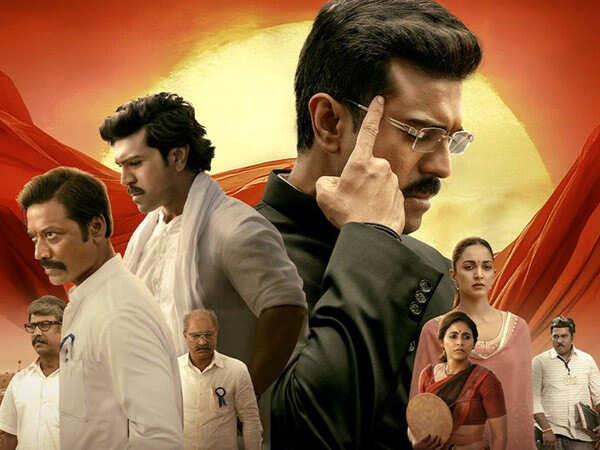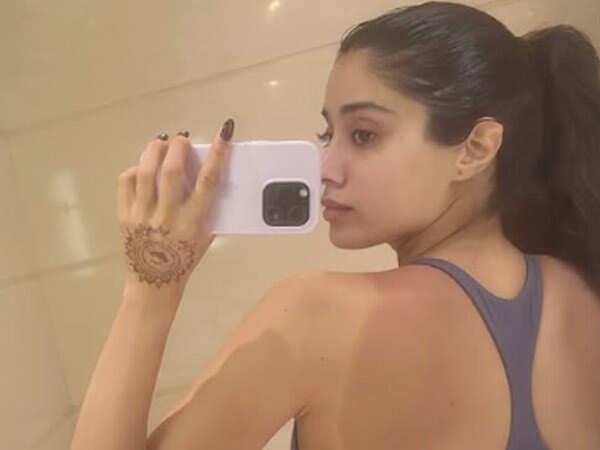Why Ramayana: The Legend Of Prince Rama Is Truly Timeless, From The 90s To 2025
3 min read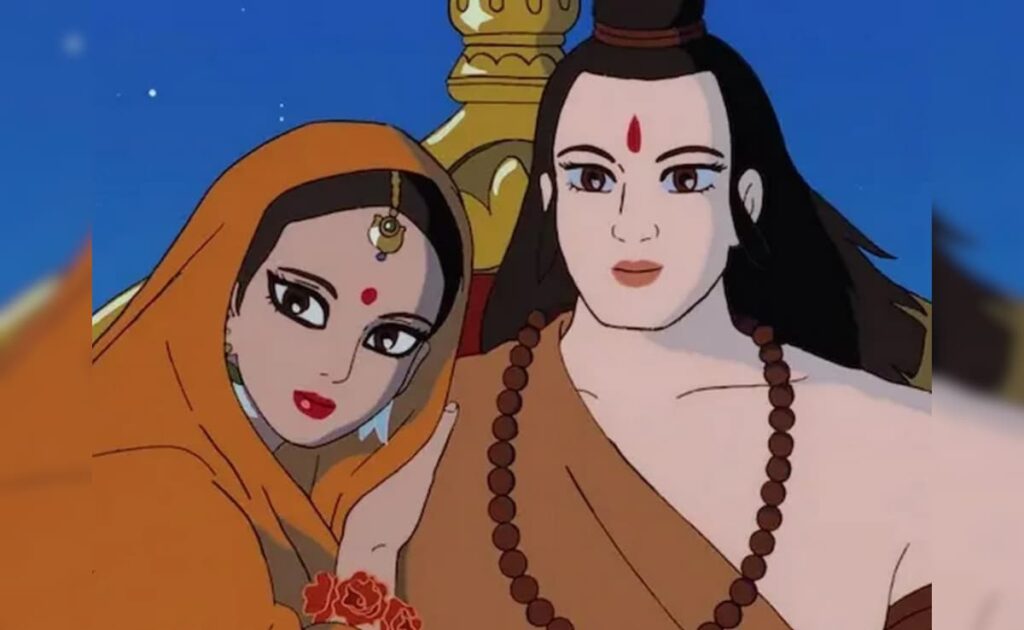
The original makers are no more today. But the legacy lives on through decades and generations
Ramayana: The Legend of Prince Rama does not need an introduction. One must have heard this several times, especially in recent times. Millennials and generations older than us will see eye to eye with me about this. And now, the newer generation will too, courtesy, the theatrical release of the remastered version of the classic.
But what changed in the process of restoring the classic and re-releasing it in theatres? There’s a lot of chatter among film buffs and cine-goers about the old versus the new, majorly laced with nostalgia and wanting to romanticise the 90s. But has the essence of the film really changed?
The biggest feedback after the film released across the country was the change in its Hindi voice cast. Originally dubbed in Hindi in 1997 by industry stalwarts like Amrish Puri, Arun Govil, Shatrughan Sinha, the new version doesn’t have the same voices, which is much talked about.
But TEM Co., the Japanese company which is the licensor of the film, explained that the original dubs were created by a different distributor, which could not be restored as the original data of these audios were lost.
Copyright issues were the other reason. The original dub of the Hindi version was made for television, so the rights lie between the producers and Doordarshan. So, dubbing the film from scratch was a technical decision more than a creative one.
Coming to the most important aspect, has it affected the film?
I had the chance of re-watching the new 4K version in the theatres. Re-watching, because it took me back to the multiple times I watched it as a kid on Doordarshan and even on Cartoon Network, as 30-minute episodes on Saturdays.
So while watching the newer version in 4K, the first, and unarguably, the biggest thing that crossed my mind was how the quality of the animation has remained not only unsullied but still relevant in today’s times. The vividly imagined landscapes and surroundings added a new layer to something that is already iconic in the way it was imagined back when animation in India still hadn’t taken off.
Co-directed by Japanese filmmakers Yugo Sako, Koichi Sasaki and the maestro of Indian animation filmmaking Ram Mohan, the setting, animation, the character creations, everything stayed true to its roots. While still having a universal appeal, the film remains grounded in Indian epic and values.
The other thing that didn’t go unnoticed was when the familiar tunes started playing. When Vanraj Bhatia’s Shri Raghuvar Ki Vaanar, Setum Bandhe, and the other songs started playing, it immediately evoked a deja-vu that could only be linked to nostalgic reminiscence of a childhood. What really worked in preserving the cultural authenticity of film was the retention of the original Sanskrit songs.
After the original dub was lost, Geek Pictures India not only freshly dubbed the film, they also collaborated with Farhan Akhtar’s Excel Pictures to translate and release the original film into four languages – English, Hindi, Tamil, and Telugu.
The original makers are no more today. But the legacy lives on through decades and generations, in its truly preserved form.

